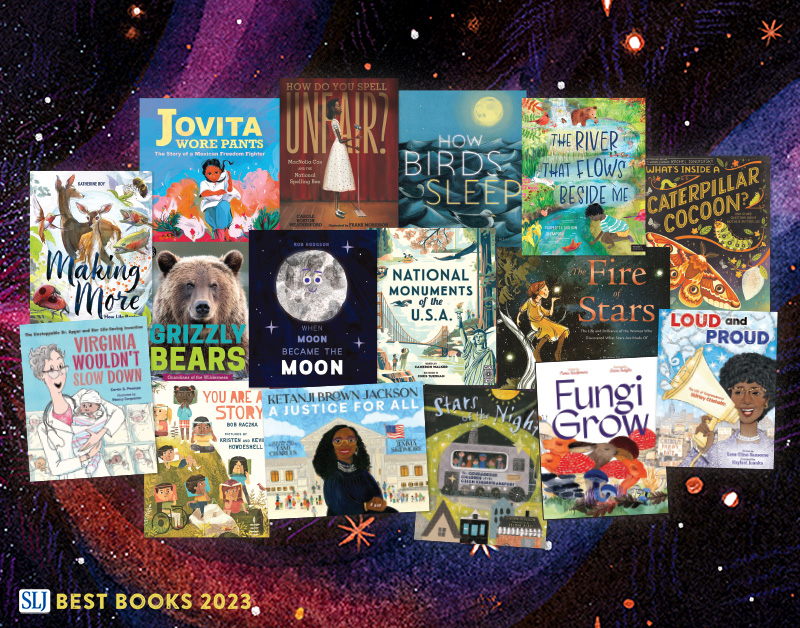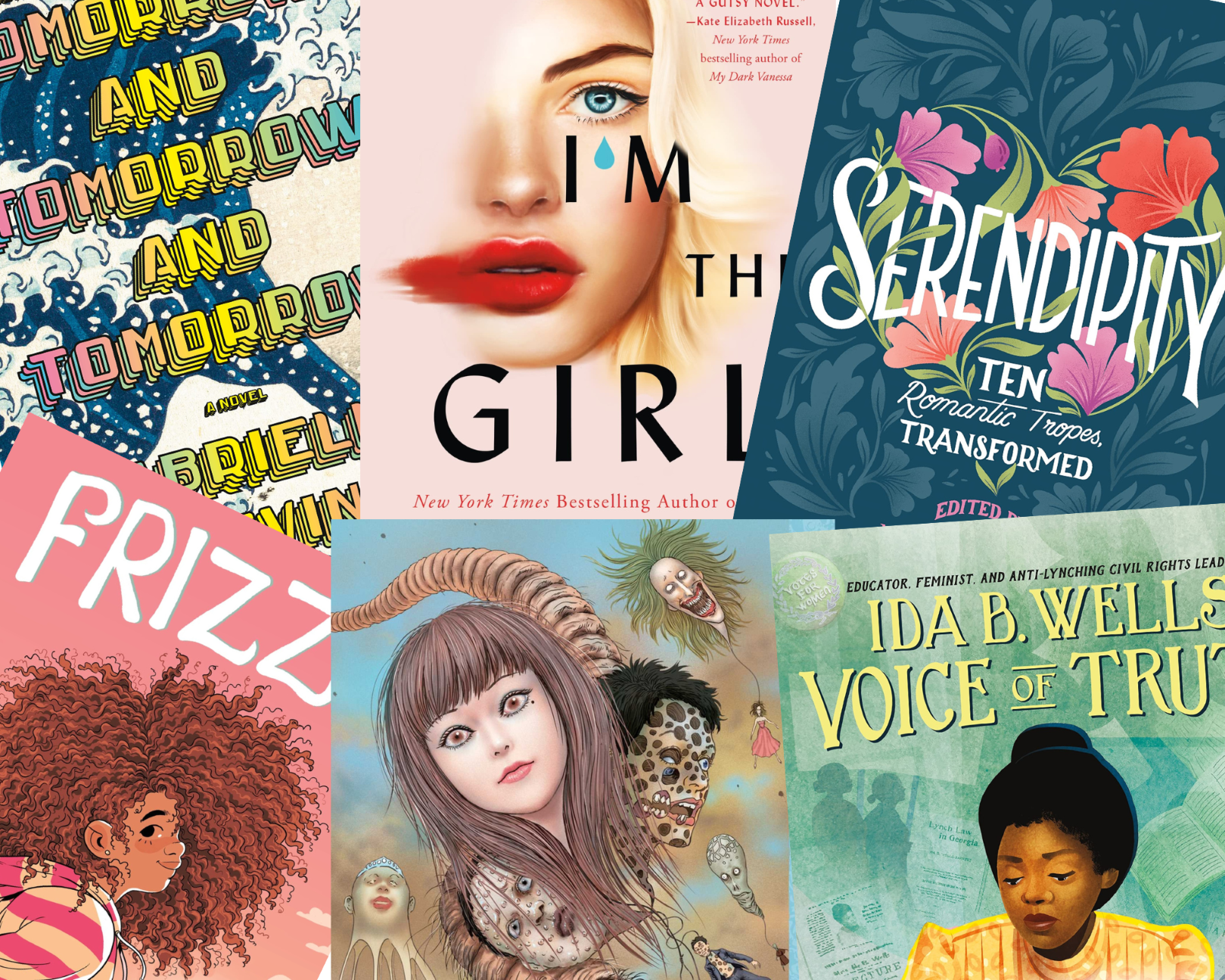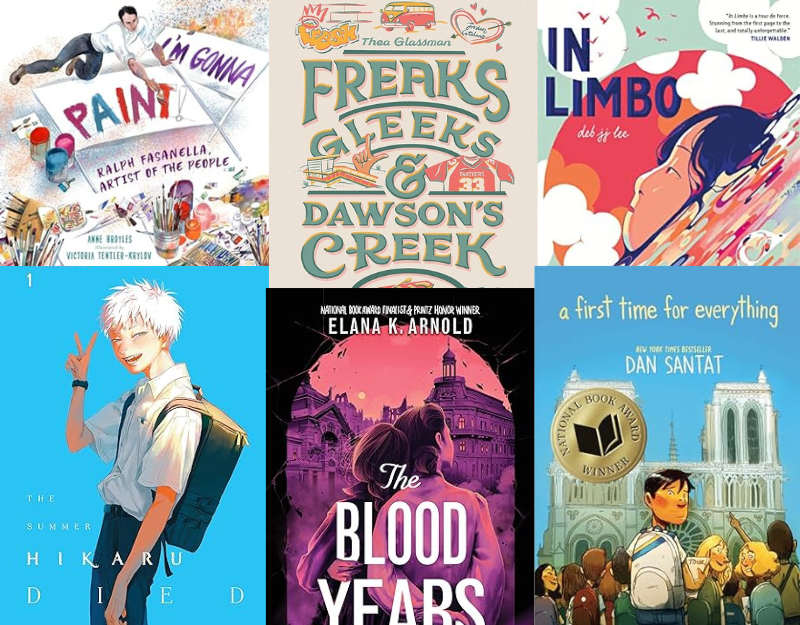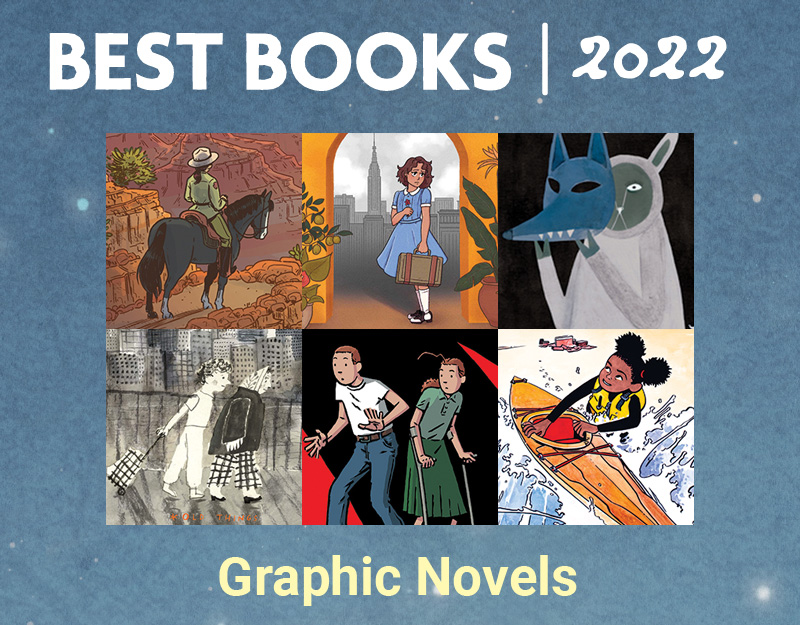The Moomin Books
- Setting and Writer’s Craft. Jansson created a rich and vivid landscape for the Moomins to inhabit and explore. Help students identify sections in the series where descriptions of the setting are particularly detailed and investigate how Jansson uses language to make the setting come alive. For example, in Comet in Moominland, the characters need to scale some mountains to reach an observatory. Jansson writes the following:
Damp veils of mist swirled around them. They were dreadfully cold (Moomintroll thought longlingly of his wooly trousers) and surrounded completely by an awful floating emptiness.
What vocabulary choices does she make? How does she use adjectives and adverbs? Have students apply some of these craft skills to pieces of their own writing and share the revisions with a partner or the class.
- Mapping Moominvalley. At the beginning of some of the books, Jansson provides a map of Moominvalley and the places the characters visit during their escapades. Activate students’ envisionment skills by having them draw more maps of Moominvalley, especially for the books that do not provide any. Have them mark locations where important plot events occur, and encourage them to fill in the topographical details of the land. Perhaps you can create a map as a whole class that spans the entire series, adding to it as you make your way through the series. Or perhaps they can create 3-D maps or virtual maps online, but make sure students stay accountable to the settings described in the books.
- Series Inquiry. Series books are ubiquitous in the realm of children’s and young adult literature. While some may find that series books initially seem formulaic and predictable, others are comforted by the familiar characters and plot lines. Begin an inquiry into the Moomin book series with students. How are the various books similar? How are they different? How do the various characters remain the same or perhaps grow and develop as the series continues? What about Jansson’s underlying themes across the series? Once students complete an in-depth exploration of the series as a whole, have them try similar investigations into other classic children’s series (such as the ones listed below in the “Further Explorations” section). For example, some series have the characters and settings that stay the same (such as the Moomins), while others have characters that grow older and settings that evolve. Series inquiries make for great book club and literature circle discussions.
- Reader’s Theater. Part of what makes the world of the Moomins so memorable are the characters, though Jansson rarely describes their personalities directly. Instead, much of the characterization is revealed through dialogue. Have students study each character’s spoken words, determine how the character is speaking (i.e., with what tone, inflection, or volume), and infer the character’s personality. For example, the Muskrat makes it a point to tell everyone what he feels is unnecessary in life. What do his words say about his outlook on life? Once students feel they have a better grasp on each character’s disposition and motivation, have them perform a reader’s theater version of a part of the book that they especially enjoy.
- Idiomatic Phrases. The appeal of the Moomin characters also comes from the idiomatic expressions they use, such as, “Strike me pink!” and “higgledy-piggledy.” Guide students to study the context in which those idioms are voiced to determine what they mean. Then have students brainstorm the various idioms they hear in everyday life. Help them research the meanings of those idioms, research their origins, and discuss the perspectives and values underlying the expressions. They may be surprised to learn that a seemingly benign and popularly used idiom may have controversial origins.
- The Question of Classics. Like the Moomin books, many series as well as single works in children’s literature have been deemed classics. But what makes something a “classic” and who says? What characteristics do each of these literary works share that qualify them for the special status? Is it merely that they have stood the test of time, or is there something more to them? If those books were to be published today, rather than when they were initially published, would they have the same appeal? Whose perspectives are missing or misrepresented in some of the classics of children’s literature? What works could be considered modern-day classics, and why? This exploration could culminate in a variety of classroom activities: debates, essays, role-plays, collections of student-designated “classics” in the school or classroom library, etc.
- Commercialization of Children’s Books. There is a growing concern that children’s literature, especially series books, is becoming more and more commercialized to the detriment of the field. Like the Disney industry, the Moomins have inspired Moominworld theme parks and museums across the world, as well as a merchandising boom across Finland and Japan. But are all the figurines, games, cartoons, clothing, and marketing going too far? Are they taking anything away from the lure and experience of reading the original texts? Watch this video by the Media Education Foundation (http://www.mediaed.org/cgi-bin/commerce.cgi?preadd=action&key=134), read this article (http://www.faqs.org/childhood/Ch-Co/Consumer-Culture.html), or read this one (http://www.nytimes.com/2008/02/19/books/19cathy.html) to spark discussion about this issue.
Banks, L. R. (1980-1998). The Indian in the cupboard series. New York: Yearling.
ADVERTISEMENT
ADVERTISEMENT
- This series describes Omri’s discovery that an old medicine cabinet he got for his birthday brings to life any figurine he puts into it.
Baum, L. F. (1900-1920). Oz series. Chicago: Geo M. Hill Co.
- Beginning with the famous story of Dorothy’s journey, this series takes readers on various adventures through the Land of Oz.
- A comic strip compilation of Jansson’s artwork about the whimsical Moomins.
- The escapades of an irreverent, high-spirited, amazingly strong, and ultimately delightful girl.
- The amusing and charming misadventures of the beloved teddy bear and his friends.
- The popular series about the tiny people who live in the homes of normal-sized people and “borrow” what they need to survive.
- Another well-loved series about tiny humanoids with mouse-like features who live in the walls of the Bigg family.
Filed under: Fantasy
About Grace Enriquez
Grace is an associate professor of language and literacy at Lesley University. A former English Language Arts teacher, reading specialist, and literacy consultant, she teaches and writes about children’s literature, critical literacies, and literacies and embodiment. Grace is co-author of The Reading Turn-Around and co-editor of Literacies, Learning, and the Body.
ADVERTISEMENT
ADVERTISEMENT
SLJ Blog Network
2024 Books from Pura Belpré Winners
Passover Postings! Chris Baron, Joshua S. Levy, and Naomi Milliner Discuss On All Other Nights
Winnie-The-Pooh | Review
Parsing Religion in Public Schools
Crafting the Audacity, One Work at a Time, a guest post by author Brittany N. Williams
ADVERTISEMENT








